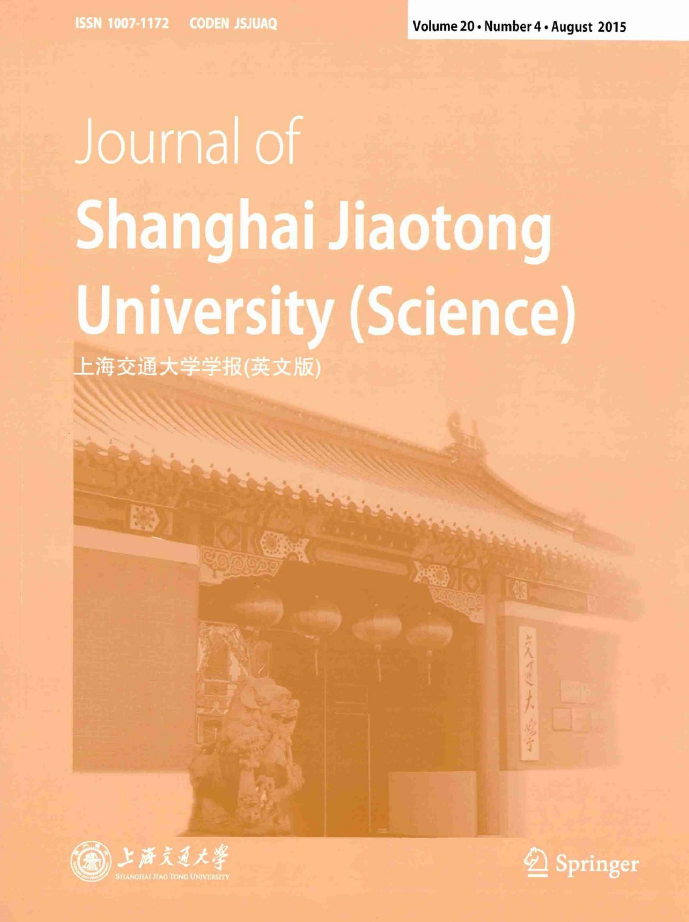|
|
Coast-Down Modeling of Canned Motor Based on Torque Behavior Study
XUE Ya-bo (薛亚波), YAO Zhen-qiang1,2* (姚振强), CHENG De1 (成 德), SHEN Hong1,2 (沈 洪), LI Meng-chao3 (李孟超)
2015, 20 (4):
420-426.
doi: 10.1007/s12204-015-1643-6
The coast-down behavior is specially designed to satisfy the certain flow requirements in a special
kind of canned motor pump when it is used in primary reactor coolant system. However, coast-down models once
used are not suitable for designing ultra-large canned motor pumps with flywheels, in which case rotor’s fluid
resistance of canned motor is modeled by an empirical constant. When the size of canned motor increases, the
error of empirical relationship becomes remarkable. In thrall to material’s density and strength, flow resistance
of coast-down behavior should be dynamically modeled accurately to reduce the demands of materials. In this
paper, an improved analytical model is proposed to study barbell-like canned motor’s coast-down characteristic
based on basic torque behavior researches in Taylor-Couette flow and hydraulic coupler, where bearing’s resistance
is ignored. This model takes geometric and kinematic parameters into consideration. In addition, the influence
of pressure and temperature is coupled into this coast-down model by using Reolands’ viscosity relationship.
Based on this model, coast-down behavior is studied and parameters sensitivity analysis is conducted from design
view point. Parameters sensitivity analysis indicates that the density and distribution of materials have more
remarkable influence on coast-down behavior compared with working condition and geometric parameters.
References |
Related Articles |
Metrics
|

